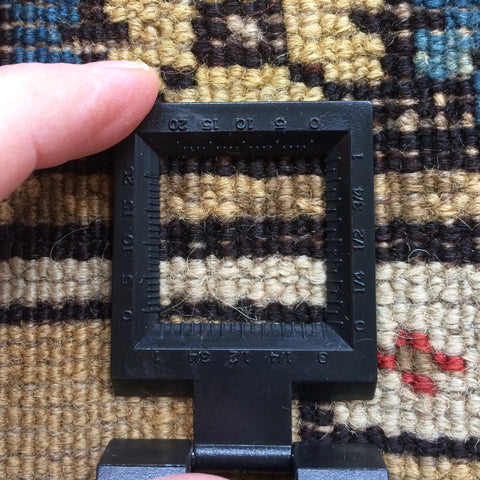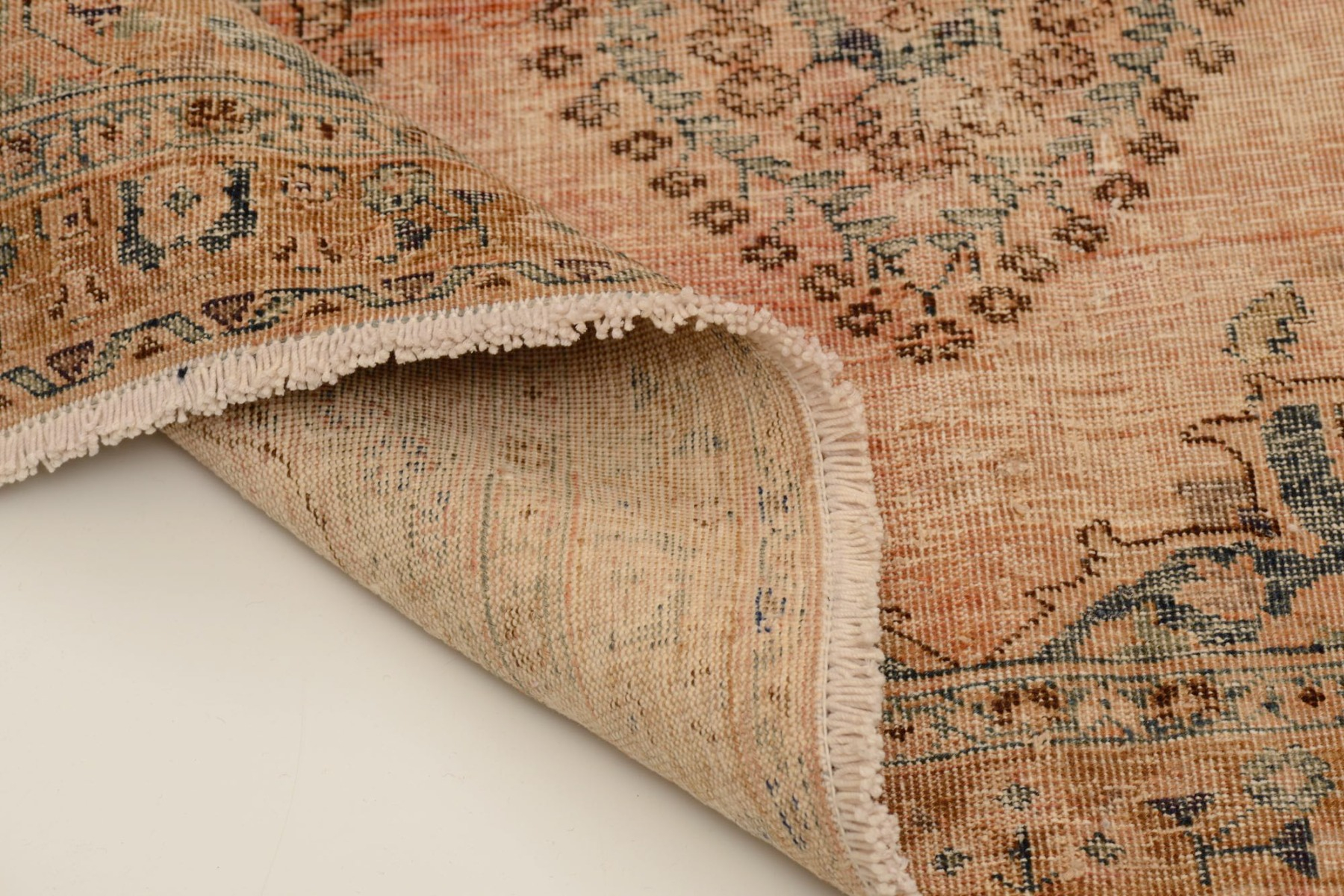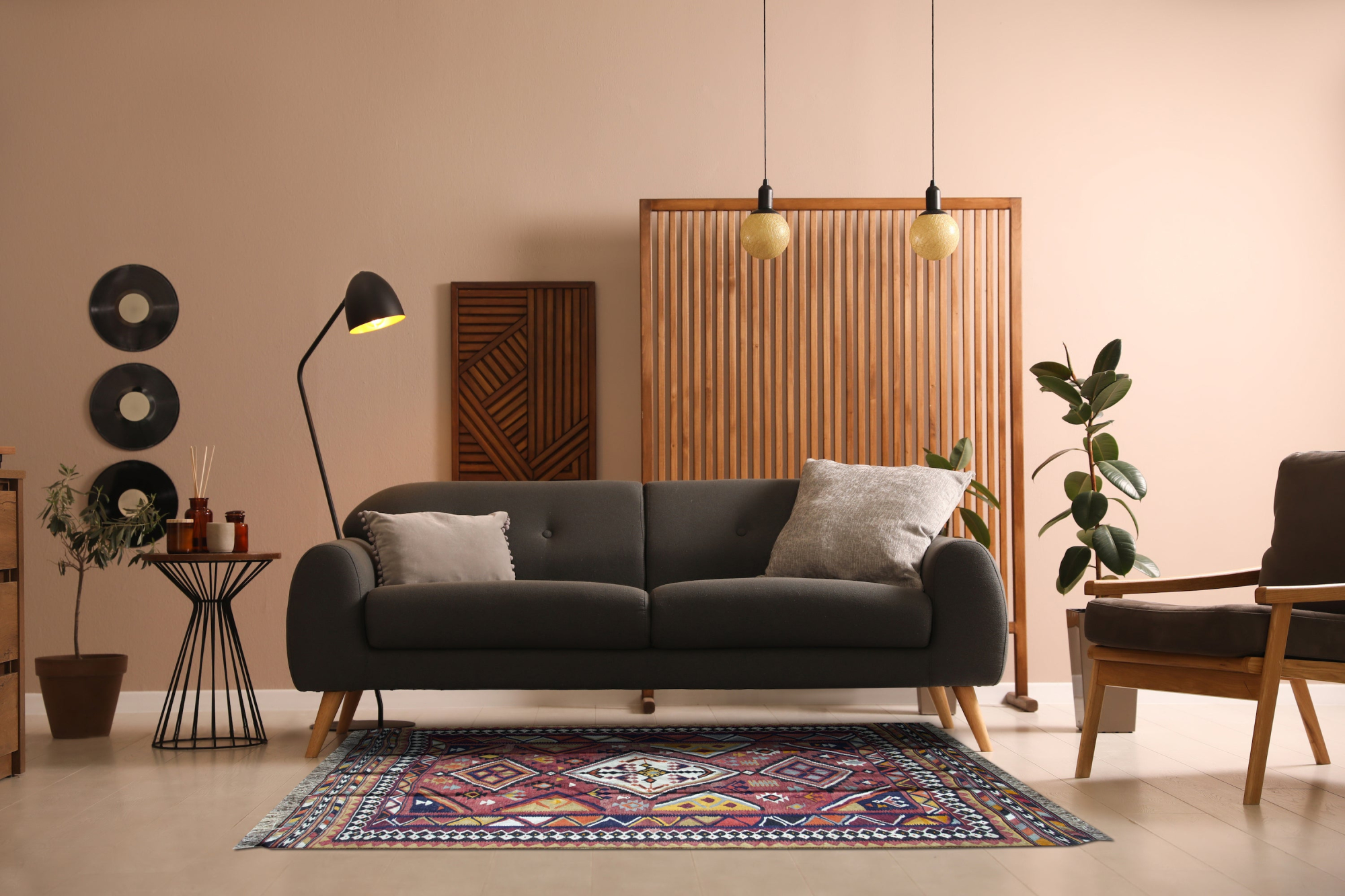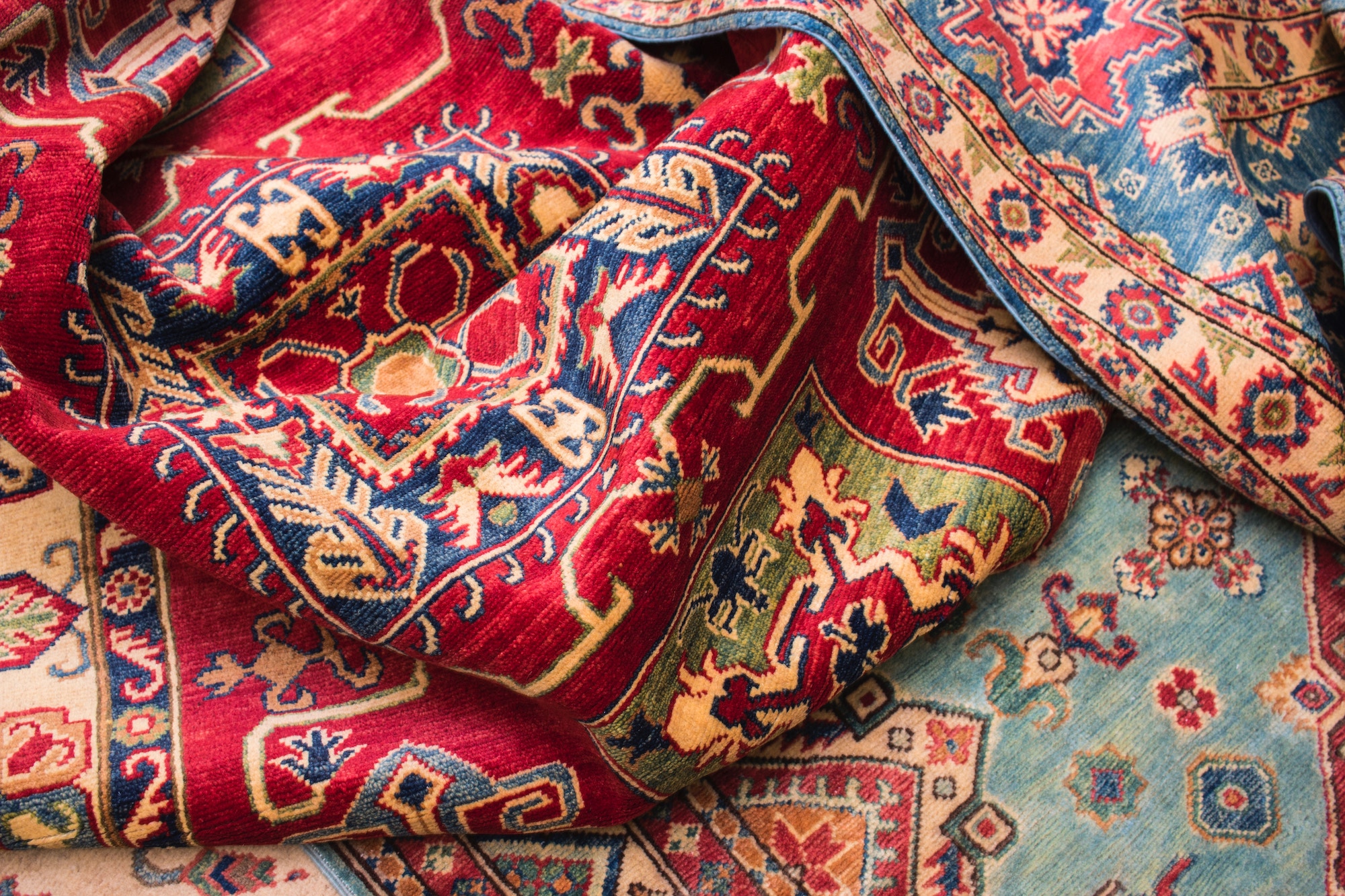Tabrizi Rugs Blog
- Home
- Tabrizi Rugs Blog
- Tabrizi Rugs Blog

Author:
The Rugologist
Tag: Rugology 101
Decoding the Knots: Understanding KPSI in Rugs
Oct 14, 2024
KPSI, or Knots Per Square Inch, is a key indicator of a rug’s quality and craftsmanship. It refers to the number of knots tied per square inch in a hand-knotted rug. The higher the KPSI, the more intricate the design and the finer the detail. High KPSI rugs, often considered premium, can take months or even years to weave due to their complexity. Meanwhile, lower KPSI rugs may feature larger patterns but are equally valued for their durability and texture. Understanding KPSI helps you choose the right rug based on the level of detail and craftsmanship desired.

Author:
The Rugologist
Tag: Tips
What to Do With Old Rugs: Tips on Reselling, Repurposing, and Upcycling
Oct 10, 2024
Got an old rug you're no longer using? Don't toss it! There are plenty of ways to give it new life. Consider reselling it online through platforms like eBay or Facebook Marketplace—vintage and well-kept rugs are often sought after. Not up for selling? Get creative by repurposing it—cut it down into smaller mats, use it as a cushion for outdoor seating, or even craft it into stylish wall art. For a fun DIY project, try upcycling by turning your rug into a cozy pet bed, reupholstering furniture, or creating a custom ottoman cover. The possibilities are endless!

Author:
The Rugologist
Tag: Rugology 101
Goltog Rugs: A Timeless Piece of Persian Heritage
Oct 3, 2024
Goltog rugs are an exquisite representation of Persian craftsmanship, embodying centuries of tradition and artistic excellence. These rugs are characterized by their intricate floral motifs, rich color palettes, and superior wool quality. Each piece is meticulously handwoven by skilled artisans, making them not just a floor covering but a unique piece of art. Goltog rugs seamlessly blend elegance and durability, making them a cherished addition to any space. With their timeless beauty and enduring quality, Goltog rugs continue to be a symbol of Persian heritage and a treasured collector’s item around the world.
Shiraz rugs, named after the beautiful city of Shiraz in southwestern Iran, are cherished for their unique blend of tribal artistry and cultural heritage. Known for their vibrant colors, geometric patterns, and intricate motifs, these rugs often feature floral designs, animal figures, and medallions, reflecting the rich traditions of Persian nomadic tribes. Crafted from high-quality wool, Shiraz rugs are soft yet durable, making them ideal for both decorative and functional use. Their distinct charm and authenticity make Shiraz rugs a timeless addition to any home, adding warmth and a touch of history to any space.
Discover the beauty and craftsmanship of Shiraz rugs and add a piece of Persian heritage to your living space today!

Author:
The Rugologist
Tag: Care & Maintenance
How to Flatten the Edges of a Handmade Rug
Sep 12, 2024
Flattening the edges of a handmade rug is essential to maintain its beauty and prevent tripping hazards. To flatten the edges, start by gently rolling the rug in the opposite direction of the curl and leaving it rolled for a few hours. You can also lay the rug flat and place heavy objects, like books or furniture, along the curled edges. For more persistent curls, dampen a cloth slightly and place it over the curled edges, then use a warm iron on a low setting to press down carefully—ensure the cloth is between the iron and the rug to avoid damage. Regularly rotating the rug and vacuuming it properly will help keep the edges flat over time. Always avoid using harsh methods or excessive heat, as these can damage the fibers and delicate weave of a handmade rug.
Wool rugs are a beautiful and durable addition to any home, but sometimes they can have a distinct wool smell. To remove this smell, start by airing out the rug in a well-ventilated area for a few days. Sprinkle baking soda generously over the rug, let it sit for a few hours, and then vacuum thoroughly to neutralize odors. For a deeper clean, use a mixture of white vinegar and water to lightly mist the rug, then blot with a clean cloth. Always ensure the rug is completely dry to prevent any lingering odors. Regular maintenance and professional cleaning can also help keep your wool rug fresh and odor-free.
Categories

 CA ($CAD)
CA ($CAD) 

